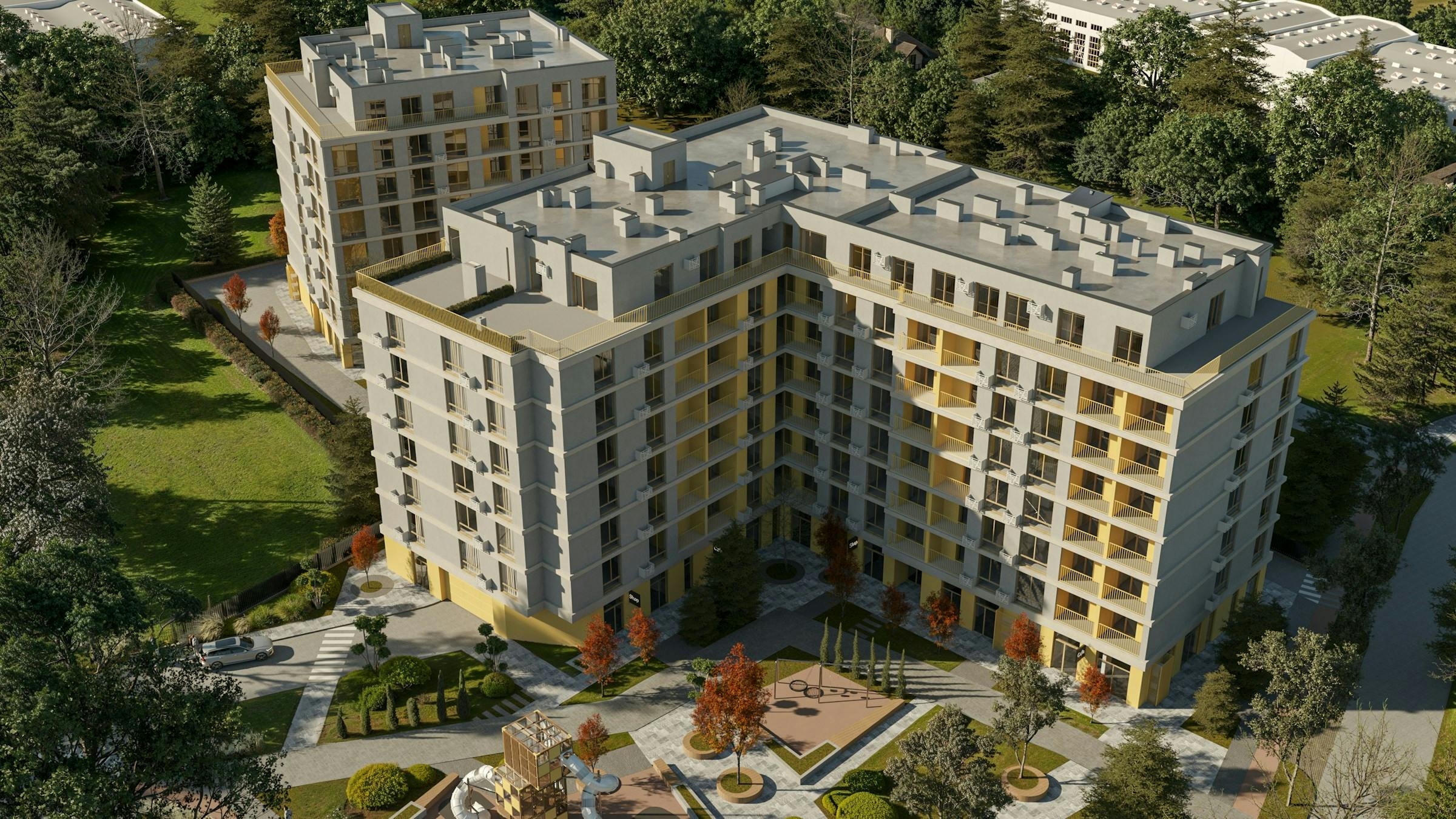Inclusionary Housing in NYC: Voluntary vs. Mandatory Programs Explained
Development Site Advisors®
Inclusionary Housing is one of New York City’s most powerful tools to promote mixed-income communities while incentivizing development. By offering floor area bonuses in exchange for affordable housing, the program aligns public policy goals with private development incentives.
But not all Inclusionary Housing is created equal. Understanding the distinction between Voluntary and Mandatory Inclusionary Housing (MIH)—and how each applies—is critical for developers looking to navigate land use, financing, and unit mix strategy effectively.
Voluntary Inclusionary Housing (VIH)
Launched in 1987 and expanded citywide in subsequent rezonings, Voluntary Inclusionary Housing (VIH) is a bonus-based program available in designated areas.
How it works:
· In certain R10, R9, and high-density contextual districts (e.g., R10A, R9X), developers can receive up to a 33% FAR bonus in exchange for permanently affordable housing.
· Affordable units must serve households at or below 80% of Area Median Income (AMI).
· The affordable units can be located on-site or off-site within the same community district or within ½ mile.
· Bonus FAR may be transferred through Inclusionary Housing Certificates, creating a market for developers to buy/sell floor area entitlements.
Key considerations:
· Requires a Restrictive Declaration and regulatory agreement with HPD
· Bonus FAR is only applicable in mapped VIH areas
· Off-site developments must meet specific proximity and timing requirements
· Inclusionary bonuses are most often used in R10-equivalent districts (e.g., C4-6, C6-4)
Mandatory Inclusionary Housing (MIH)
Introduced in 2016 as part of the de Blasio administration’s rezoning strategy, MIH is applied in neighborhoods that have been upzoned through ULURP (Uniform Land Use Review Procedure). Unlike VIH, it requires affordable housing.
How it works:
· MIH becomes applicable when a private or city-sponsored rezoning increases residential density (FAR)
· Developers must permanently set aside 20%–30% of the residential floor area as affordable, based on one of the following four options:
· Developers must choose from options designated in the rezoning, not arbitrarily
· MIH may be satisfied on-site, or off-site within the same Community District or within ½ mile into an adjacent district, but off-site compliance requires an additional 5% affordable floor area.
Key implications:
· MIH is not optional once mapped—all residential developments must comply
· Often paired with Inclusionary Housing Designated Areas (IHDAs)
· Requires more rigorous affordability and compliance monitoring through HPD
What Developers Need to Know
Understanding whether a site falls under VIH, MIH, or neither is essential during site selection, underwriting, and entitlement strategy. Key considerations include:
· Can I obtain a zoning bonus (VIH)?
· Am I required to build affordable units (MIH)?
· How does affordability impact rental income or condo pricing?
· What HPD processes or agreements are required?
· Are there financing incentives (e.g., tax exemptions, bonds) that align with inclusionary housing?
How Development Site Advisors® Can Help
At Development Site Advisors®, we help developers evaluate and implement inclusionary strategies through:
· Inclusionary eligibility and bonus calculations
· Affordable unit mix modeling
· Zoning lot mergers and certificate transfers (VIH only)
· Financial feasibility and debt structuring under MIH mandates
· HPD compliance and coordination for term sheets and declarations
Whether you’re evaluating a large-scale rezoning in Gowanus or an R10 site on the Upper West Side, our zoning and finance experts can help you navigate the inclusionary landscape with confidence.
Need clarity on how inclusionary housing impacts your project? Request a Sitestimate™ and let our team walk you through zoning, bonus potential, and development feasibility.

